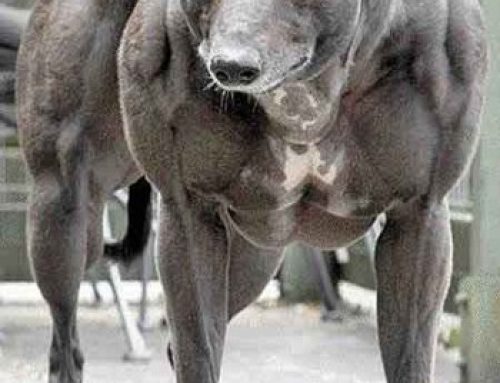Picking Your Trimmer
You need to pick the appropriately sized trimmer for the size of your dog. Using an inappropriate size is going to be awkward and uncomfortable for both of you and make the experience less than enjoyable causing your dog to fear having his nails trimmed. Pick a trimmer that you are going to be most comfortable with. This may be a process in itself, but you are the one who needs to be comfortable with your trimmer to ensure better accuracy and a better experience. When it comes to type of trimmer, it really is personal preference. Keep in mind that you want to buy a good quality trimmer too. Not only will it preform better, it will last longer. There are four different types of trimmers you can choose from.
Trimming Scissors
This type of trimmer is just like a pair of scissors. They open completely and have a curved cutting edge for the nail. These may be suited to smaller dogs and puppies.
Plier-type Trimmers
These trimmers have a similarly shaped cutting edge to the Trimming Scissors, but with a different handle and a spring the limits how far they will open. You can trim the nail from side to side or up and down and they come in many different sizes and are suitable for all sized dogs.
Guillotine Trimmers
This trimmer requires you to hold the trimmer on the underside of the dog’s paw and place the nail in the hole, in order to cut the nail. Replacing the blade regularly is necessary for best results. This trimmer works best on small to medium dogs.
Nail Grinder
This trimmer spins a small grinding stone very quickly to file down the nail. You will have to have a calm dog and ensure you are able to steady the grinder so that you don’t file the nail down too low or that you don’t catch any hairs. It would be a good practice to trim the fur around the paws, if you are going to use this method.
After use of any trimmer (except for the nail grinder) you can use a nail file on the nails to smooth the edges and prevent splitting and snagging. It is also a good idea to have some styptic powder or a styptic pencil just in case you cut the quick and the nail bleeds. You can pick styptic powder up at your local pet store. Dark nails make it very difficult to see where the quick is while light nails make it much easier. Either way, you could slip or the dog could move and you could cut the quick. Corn-starch will also work if you don’t have styptic powder or pencil, but it won’t work as quickly. Be prepared for a little reaction from your dog when applying the styptic as it does cause a little sting.
If you are starting with a puppy you can play with his paws form day one and get him used to the sensation of having his paw touched. That is half the battle. Before trying to trim the nails, tire your puppy so he doesn’t try to play with you or the trimmer. While he is just about to fall asleep is a great time to trim his nails. Either way your puppy will get used to you trimming his nails and will eventually not fuss at all. If he does fuss even when he is tired you can slowly trim his nails one-a-day until you work your way up to all nails at once. Always remember to remain calm yourself and use a soft voice to sooth your puppy into a relaxed state. After you are finished, reward your puppy for being good with a treat or something he really enjoys
If you are working with an older dog that is a little less easily manipulated, try trimming his nails when he is tired from a long run or walk. If he is fussy, try trimming a one nail at a time followed by a treat. You may only be able to trim one nail a day, but with some persistence you will eventually get up to all nails at one time. Remain calm and give him lots of praise.
Mammoth beds are made from durable materials, so if your dog is scratching to make a comfy spot in his Mammoth Bed after his mani pedi you will not need to worry about him ripping a hole in the material.




















